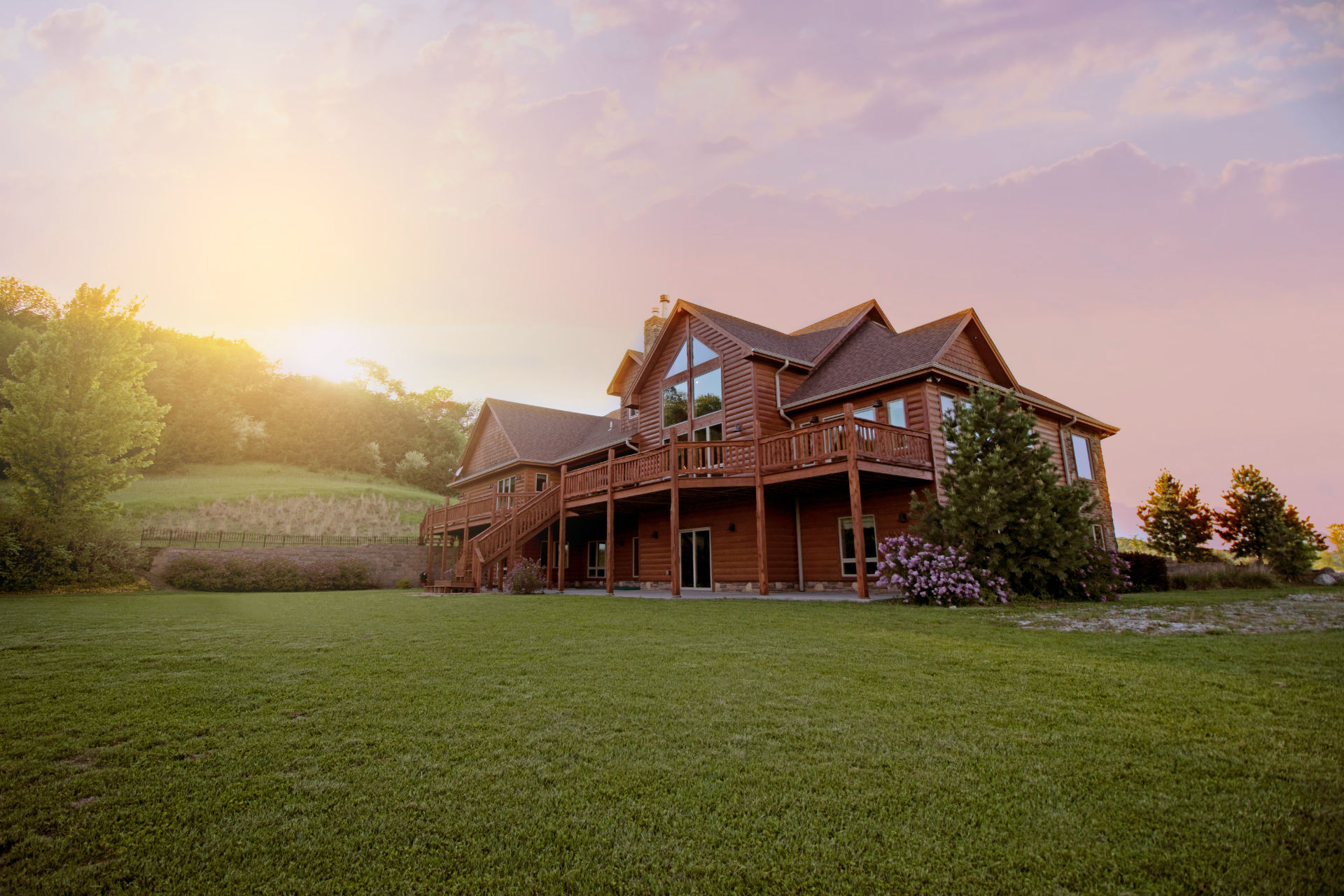Pros of Reverse Mortgages
- Allows the homeowner to stay in the home.
- Can pay off existing mortgages on the home.
- Simple to qualify for because no minimum credit score and generally no income requirements.
- No monthly mortgage payments are required, however the homeowner must live in the home as their primary residence, continue to pay required property taxes, homeowners insurance and maintain the home according to Federal Housing Administration requirements.
- The homeowner receivespayments on flexible terms:
- Credit line for emergencies
- Monthly payments
- Lump sum distribution
- Any combination of the above
- A reverse mortgage cannot get “upside down” so the heirs will never be personally liable for more than the home is sold for.
- Heirs inherit the home and keep any remaining equity after the balance of the reverse mortgage is paid off.
- Loan proceeds are not taxable.
- The interest rate may be lower than traditional mortgages and home equity loans.
Reverse Mortgage Cons
- The fees on a reverse mortgage are the same as a traditional Federal Housing Administration (FHA) mortgage but are higher than a conventional mortgage because of the insurance cost. The largest costs are:
- FHA mortgage insurance
- Origination fee
- The loan balance gets larger over time and the value of the estate/inheritance may decrease over time.
- Although Social Security and Medicare are not affected, Medicaid and other need-based government assistance can be affected if too many funds are withdrawn (and not spent) in one month.
- The program is not well understood by most individuals. However, the availability of independent reverse mortgage counseling helps. Our goal is to ensure the homeowners we work with are 100% informed on the ENTIRE process.
A reverse mortgage application process generally takes about 30-45 days from start to finish and has five major steps. However, the longest part of the reverse mortgage loan process is the decision-making process that leads up to the application.
The average reverse mortgage applicant begins considering a reverse mortgage six months before completing an application. The homeowner typically researches reverse mortgages using resources such as this site for several months.
The next step is to request information from Michele Mangold who is a Reverse Mortgage Specialist. The homeowner will need to meet with Michele, and it is a good idea to have any of your heirs participate in those meetings. Here is how the process works:
Step 1. Initial Application
Step 2. Reverse Mortgage Counseling
Step 3. Appraisal
Step 4. Underwriting
Step 5. Closing
Immediately after the waiting period, the title company will issue a check to the homeowner (typically by overnight mail) if proceeds are available from the reverse mortgage. If the applicant was using a reverse mortgage to pay off an existing mortgage, the title company will also send the mortgage payoff amount to the lender.
| REVERSE MORTGAGE | TRADITIONAL MORTGAGE | |||
|---|---|---|---|---|
| HECM | HomeSafe | HELOC | 15/30-yr fixed | |
| Monthly mortgage payments | Optional | Optional | Required | Required |
| You still own your home | Y | Y | Y | Y |
| Unused line of credit grows regardless of equity | Y | Y | N | N/A |
| Non-recourse loan | Y | Y | N* | N* |
*Except where prohibited by state law

